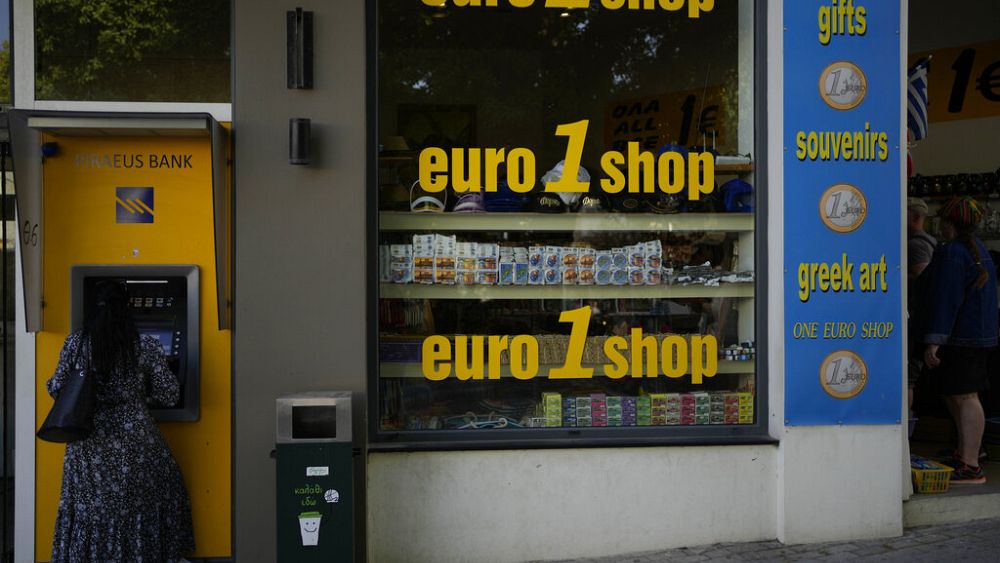Eurozone inflation dips to 8.5%, but will interest rates go up on Thursday?

Europe’s inflation rate dipped at the start of the year, giving some relief to consumers but still leaving them facing higher prices. The cost of living crisis has have driven protests and is likely to press the European Central Bank into another interest rate hike on Thursday.
The consumer price index for the 20 countries that use the euro currency reached 8.5% in January compared with a year earlier, European Union statistics agency Eurostat said Wednesday. That’s down from the annual rate of 9.2% in December.
It’s the first report on consumer prices that includes data from Croatia, which joined the eurozone on Jan. 1, but lacked unavailable figures from Germany, Europe’s biggest economy. Inflation in Europe has now slowed for the third month in a row, falling from a record high of 10.6% in October.
Food and energy prices are persisting as the major factors driving up European inflation. Prices for food, alcohol and tobacco rose at a 14.1% annual pace in January, while energy prices rose 17.2%.
Russia’s war in Ukraine has shaken up food and energy markets, and while commodity prices have fallen from all-time highs last year, consumers are not yet seeing relief on their utility bills. Natural gas prices have dropped from records last summer thanks to a scramble to find supplies outside Russia and warmer winter weather that eased energy demand for heating. While Europe may have dodged fears of energy rationing and shortages after Russia cut off most supplies, natural gas prices are still three times higher than before Russia started massing troops on Ukraine’s border.
The energy upheaval has made the cost of living squeeze more painful in continental Europe and the United Kingdom than in the U.S., leading to protests and strikes from workers in several countries seeking pay that keeps pace with inflation.
U.S. annual inflation dropped to 6.5% in December, while the UK reading of 10.5% signalled how the British economy was a striking exception to the International Monetary Fund’s brighter outlook for 2023.
In the euro-zone core inflation, which doesn’t include volatile food and energy costs, held steady at 5.2% last month, underlining how prices are rising for both services and goods such as clothing, appliances, cars and computers.
